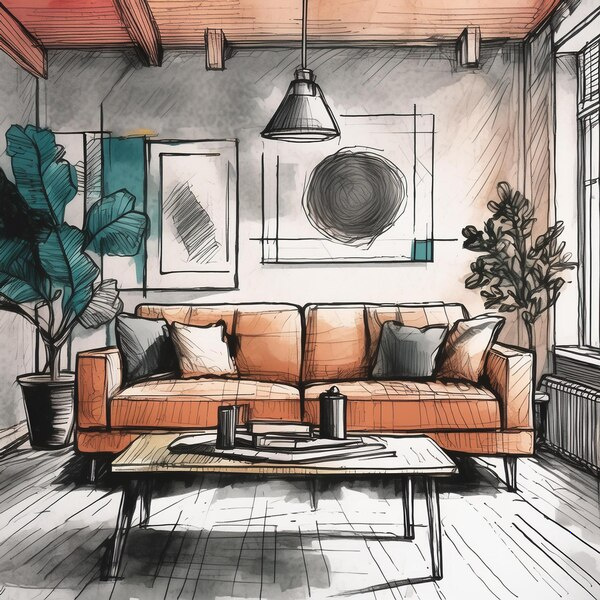Incorporating Detailed Drawings into Your Interior Design
When it comes to interior design, one of the most impactful yet often overlooked elements is the use of detailed drawings. Incorporating these meticulous illustrations can elevate your design process, turning abstract ideas into tangible plans and ensuring every element of your space is thoughtfully considered. Here’s a closer look at how you can seamlessly integrate detailed drawings into your interior design projects.
Firstly, detailed drawings serve as a crucial communication tool between designers, clients, and contractors. These illustrations convey dimensions, layouts, and intricate design elements with a clarity that words alone cannot achieve. They help bridge the gap between conceptual ideas and physical reality, offering a visual guide that ensures everyone involved in the project is on the same page.
One of the primary benefits of detailed drawings is their ability to illustrate scale and proportion. They allow designers to map out the spatial relationships between different elements in a room, such as furniture, fixtures, and architectural features. This foresight helps in creating a balanced and harmonious environment while avoiding common pitfalls like overcrowding or underutilization of space.

Detailed drawings also enhance precision in design execution. For example, when working on custom cabinetry or bespoke furniture, these sketches provide exact measurements and construction details that craftsmen can follow. This not only ensures high-quality results but also minimizes the chances of miscommunication and costly errors during the building process.
In addition, these drawings are invaluable during the planning stages of your project. They allow for a thorough exploration of different design configurations and materials before any physical work begins. By experimenting on paper (or digitally), designers can make informed decisions and alterations without the need for expensive revisions later on. This iterative process ultimately saves time, resources, and effort.
Moreover, detailed drawings can play a significant role in budgeting and resource allocation. By having a well-defined visual plan, designers and clients can accurately estimate the quantity and cost of materials needed. This level of detail aids in avoiding budget overruns and ensuring that all elements fit within the financial scope of the project.
For clients, detailed drawings offer a vivid preview of the completed space. These visuals help in setting realistic expectations and fostering a greater emotional connection to the project. Clients can see exactly how different pieces will come together, which can be particularly reassuring for those who may find it difficult to visualize the end result from verbal descriptions alone.
The importance of digital tools in the creation of detailed drawings cannot be overstated. Software such as AutoCAD, SketchUp, and Revit has revolutionized the design process, enabling designers to create highly accurate and easily modifiable drawings. These tools also facilitate 3D modeling, adding another layer of depth and realism to the illustrations, which is immensely beneficial for client presentations and design approvals.
In conclusion, the incorporation of detailed drawings into interior design is not just a useful practice but a foundational element for successful project execution. They enhance communication, ensure precision, aid in planning and budgeting, and provide clients with a clear vision of their future space. By integrating these detailed illustrations into your design process, you pave the way for creating interior environments that are not only aesthetically pleasing but also functionally superior and meticulously crafted.